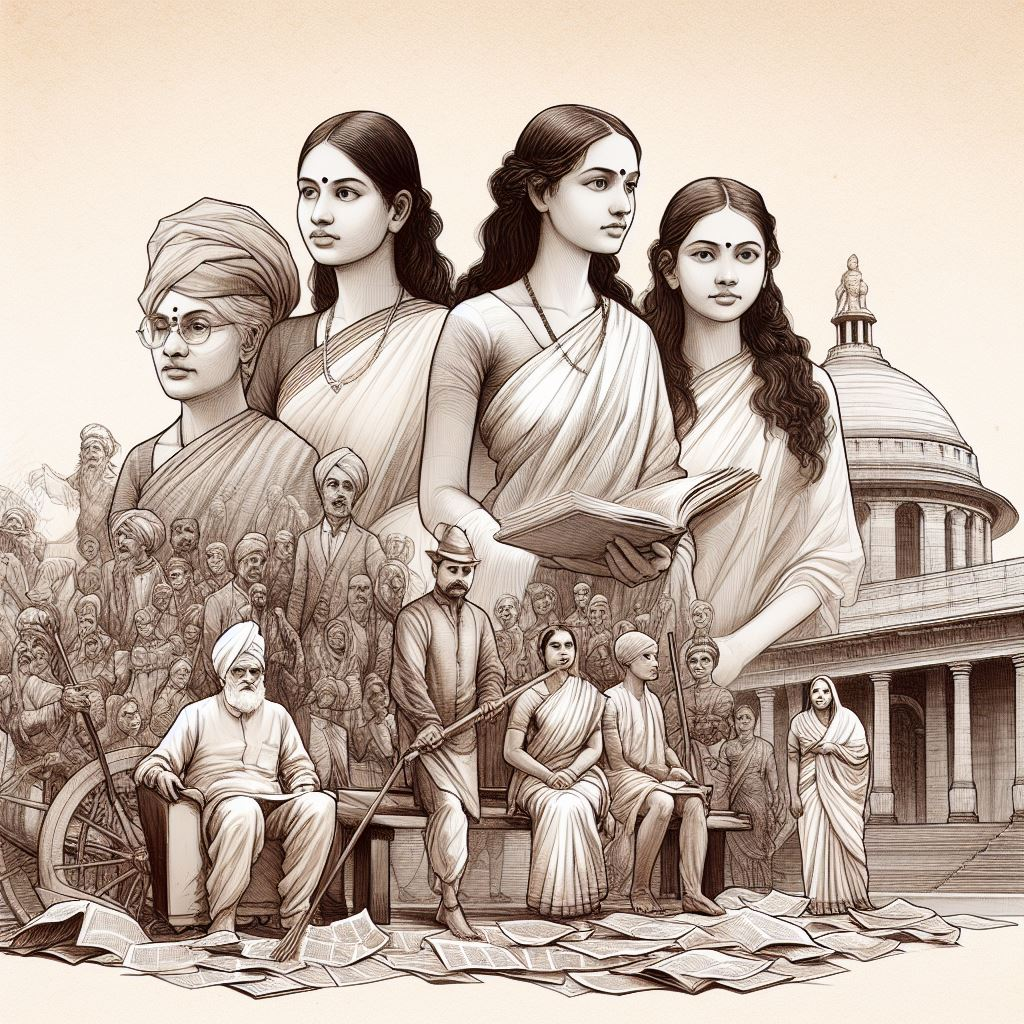System Analysis in Political Science
Systems analysis was influenced by the Austrian Canadian biologist Ludwig von Bertalanffy and the American sociologist Talcott Parsons. So, it is a variant of structural functionalism used in political science. It is a broad theory about how the various parts and levels of a political system interact with each other. The central or the basic idea of systems analysis is based on an analogy with a living organism: just as the heart, lungs, and blood function as a whole, so do the components of social and political systems. When one component changes or comes under stress, the other components will adjust to compensate.
In Political Science, System Analysis or Approach introduced and developed by David Easton (in his book (The Political System, 1953) and Robert Dahl. The American political scientist Morton Kaplan used Systems analysis in international relations to explain how the forces of the international system affect the behaviour of member states.
According to Robert Dahl, a system is any collection of elements that interact in some way with one another, like a legislature, a political party etc. The system approach conceives politics in terms of the political system. Hence elements of a political system are seen as abstract elements interacting with each other in the sphere of politics.
A model of political system was first developed by David Easton. Easton defined politics as ‘authoritative allocation of values’ which broadly constitute the political process. ‘allocation of values’ is made because there are corresponding ‘demands’ from society or ‘environment’; it becomes ‘authoritative’ because it gets ‘support’ from the ‘environment’.
In Easton’s terminology the political system receives inputs from the environment in the form of demands and support, it produces outputs in the form of policies and demands. The outputs flow back into the environment through a feedback mechanism giving rise to fresh demands etc. Easton has also given an elaborated classification of demands, supports and outputs, which illustrate their nature thoroughly.

Demands
Easton characterised demands as raw materials out of which finished products called decisions are made. The demand may arise from any source – the people, politicians, administrators etc. depending on the nature of regime. Demands are classified into four types:
- Demand for allocation of goods and services (such as wages, educational opportunities etc.)
- Demands for regulation of behaviour (public safety, health, sanitation etc.)
- Demands for participation in political system
- Demands for communication and information
Supports
He described supports as the energy which help in converting demands into decisions and policies. Supports are also classified into four types:
- Material support (payment of taxes etc.)
- Obedience to law, rules and regulations
- Participatory support such as voting etc.
- Paying attention to government communication
Outputs
The Outputs i.e., policies and decision are clubbed together and classified into four types:
- Extractions (tribute, tax etc.)
- Regulation of behaviour
- Distribution of goods and services
- Symbolic output (display of political symbol etc.)
Feedback
Feedback is essentially a communication process which produces action in response to information about the condition of the political system or its parts.
In system analysis. Under normal circumstances, demands would serve as guide to political system for determining its policies and goals and support will enable it to achieve its goal. It may be hoped that if political system is capable of processing the demands effectively, support is bound to come forth from its environment. Feedback mechanism is expected to adjust outputs and inputs.
The framework of system analysis has been found very useful for comparative analysis of diverse political units such as, modernized and developing polities. The system analysis model has served as basis for Gabriel and Almond’s model of structural functional analysis and also for Karl Deutsch’s model of communication theory. However, it has also been criticised for its inability to analyse political power and mass political behaviour. Still, system analysis provides an important approach to comprehend the political phenomena.



Thank You for accurate analysis